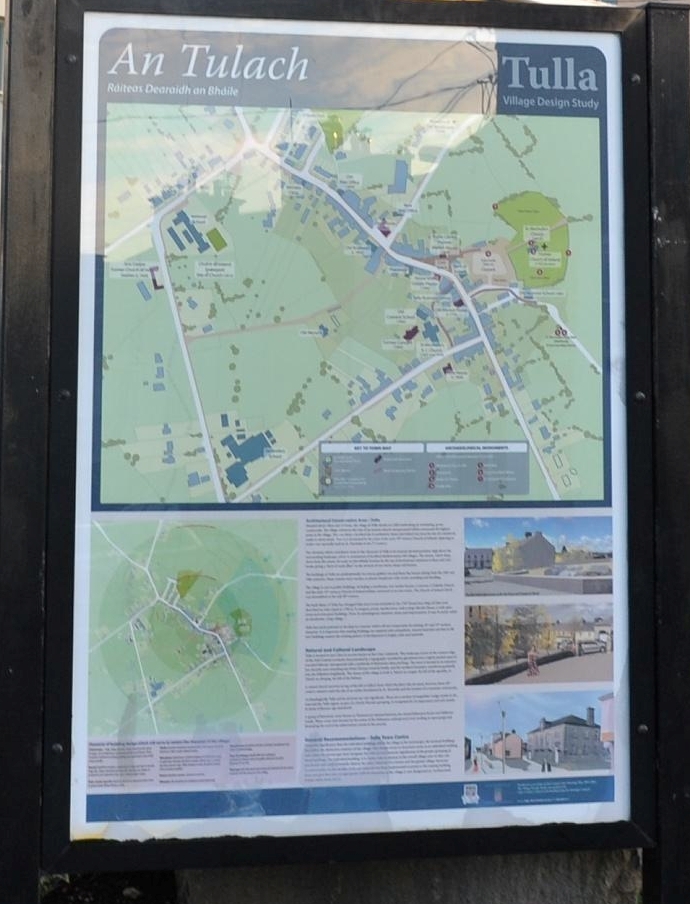A TULLA woman, is leading a research study looking at new speakers in a multilingual Europe and one of the focus sites of the study is County Clare.
Bernie O’Rourke, who is based in Scotland and is a reader in Sociolinguistics at Heriot-Watt University, Edinburgh is co-ordinating this EU-funded COST project.
Originally from Tulla and a daughter of Tulla Pipe Band honoary president Michael O’Rourke, Bernie said she would classify herself as a new speaker of Irish, she have been intrigued by this growing phenomenon in the case of Irish.
“I always had a strong interest in Irish, inspired very much by father’s interest in the language and his encouragement to speak it. I had also often heard my mother talking about her grandparents from West Clare who were Irish speakers. I also had a very inspirational Irish teacher in Tulla, Sr Eileen Callinan,” she said.
The project involves researchers from 17 European countries and is aimed at finding out more about what it means to become a new speaker of a minority language such as Irish, Gaelic or Welsh.
Bernie has a degree from DCU in French and Spanish, and while spending two years as a language assistant at the University of Coruña in Galicia, North West Spain she became interested in researching minority languages like Galician.
After doing a PhD on the topic comparing young people’s attitudes towards Irish and Galician she moved to Edinburgh to take up a position at Heriot-Watt University and was awarded an AHRC Research Fellowship in 2012 to begin research on ‘new speakers’ of Irish.
“County Clare was my first port of call. I sat in on some of the coffee mornings organized by an Clár as Gaeilge at various locations in Ennis and became part of the many Ciorcal Comhrá at the Potter’s Hand in Kilrush and the Stella Maris in Kilkee. I spoke with young people from Ennis’s Gaelcholáiste as well as parents who are refreshing their Irish with the help of their children attending a gaelscoil,” she said.
She explained that the Irish language like many of Europe’s other minority languages, including Scottish Gaelic, Welsh, Basque, Breton, Catalan, Corsican, Galician, Occitan, Sami, Romani, Yiddish etc., is being embraced by new speakers (non native speakers).
The research study looks at why people decide to invest time and effort in learning a minority language; what are their experiences of speaking these languages; and who these people are.
She said that becoming a new speaker requires commitment and dedication, and found that the new speakers she interviewed during her fieldtrips back to Clare had invested a lot of time in learning the intricacies of the language.
“In the early years after political independence in Ireland, there was a strong link between national identity and the Irish language. However, new speakers of Irish in 21st century Ireland are no longer speaking Irish for patriotism. Speaking Irish is more about establishing an individualized identity as opposed to a collective national identity. In the globalized world in which we now live, becoming a speaker of a minority language such as Irish is about standing out and being different. While the Irish language was for a time tainted by the association of nationalism with political violence in Northern Ireland, for a lot of young people now, being a new speaker of Irish is more about tolerance and recognition of diversity,” she said.
Bernie added that new speakers of Irish bring with them new ways of speaking the language.
“The people I spoke to in Clare all talked about their commitment and dedication to speaking the language. They had clearly invested a lot of time in the process. They sometimes mixed Irish with English, they make up new words and used the language in creative ways. So instead of drawing on an Irish of the past, they are inventing and re-inventing an Irish of the future. Some people hadn’t spoken Irish since their school days but were now seeking out occasions to use it and practice it. Others had never stopped speaking it since their school days and were now bringing up their children in Irish and sending them to a gaelscoil. Through their use of Irish they felt that they stood out, they were different and they were proud of this,” she said.
While some speakers still try to model their Irish on that was traditionally spoken in the Gaeltacht, many others deliberately move away from this model.
Another aspect to the project is the diversity of new speakers of Irish amongst Ireland and Clare’s new Irish originating from Poland, Romania, Nigeria, the Philippines, China etc…
Bernie said she recently met a woman in West Clare who was originally from Poland and who was learning Irish and sending her children to an all Irish school.
She has also found that many of the parents she met with an immigrant background were very enthusiastic about learning and ensuring their children would become speakers of the language.
By Carol Byrne
A native of Ennis, Colin McGann has been editor of The Clare Champion since August 2020. Former editor of The Clare People, he is a journalism and communications graduate of Dublin Institute of Technology.


